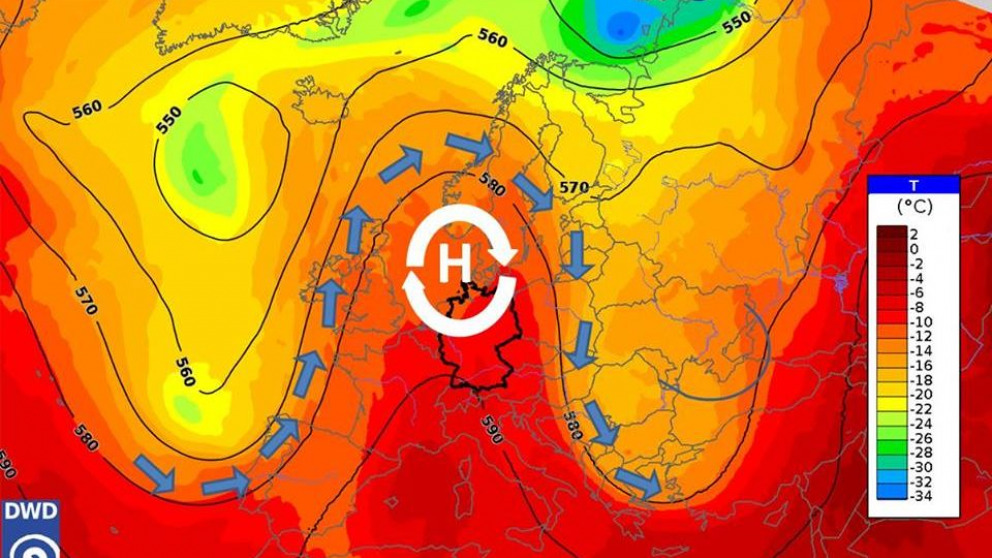Geo.X: Impacts of atmospheric blocking on extreme air pollution over Europe
Duration

Due to climate change, the risk of extreme weather events is going to increase considerably in the future. One of the triggers of such events is atmospheric blocking, a phenomenon that is becoming both more frequent and more persistent. Atmospheric blocking denotes areas of high pressure that remain almost stationary for several days or even weeks. Due to the build-up of pollutants under stagnant flow conditions, blocking can lead to severe air pollution. And when extreme weather and air pollution coincide, their negative impact on human health is far greater than the sum of their individual effects.
Given the strong linkage between air pollution and climate, it is imperative that we gain a better understanding of their combined effects in order to develop effective mitigation measures. The project "Impacts of Atmospheric Blocking on Extreme Air Pollution over Europe: Implications under Climate Change" uses statistical methods to assess the effects of large-scale atmospheric circulation. The research team is particularly interested in the influence of blocking on air pollution under climate change. Air pollution represents a serious risk to health across the globe, and it is considered to be the largest environmental cause of premature death.
Many unanswered research questions on atmospheric blocking
This project revolves around questions like: Are extreme air pollution episodes driven by atmospheric blocking? What pollutants are particularly sensitive to changes in blocking activity? Is there a statistically significant spatial and temporal connection between atmospheric blocking and extreme weather events? Are state-of-the-art numerical models able to reproduce the observed impacts of atmospheric blocking on air pollution? And how will changes in the frequency and duration of instances of atmospheric blocking influence future air quality? Within a new statistical modelling framework, several statistical methods will be applied to a wide range of datasets, including in-situ observations, satellite data and numerical model outputs, in order to address the above research questions. The project is supported by Geo.X, the research network for geosciences in Berlin and Potsdam, and it contributes to the network's two main research areas: "Natural Hazards and Risks" and "The Human Habitat and Sustainability".